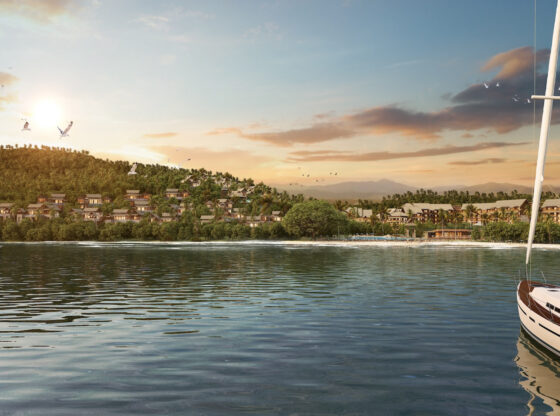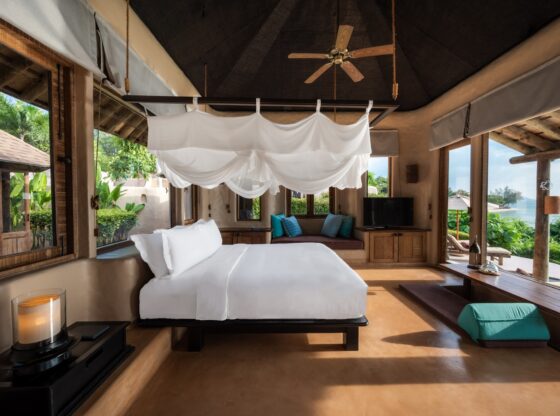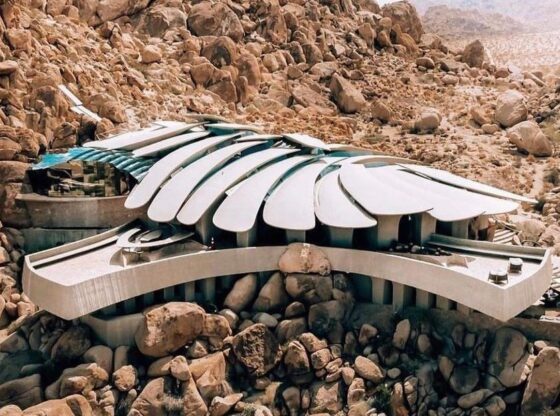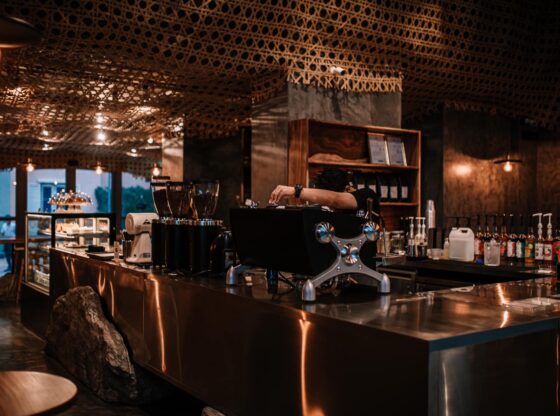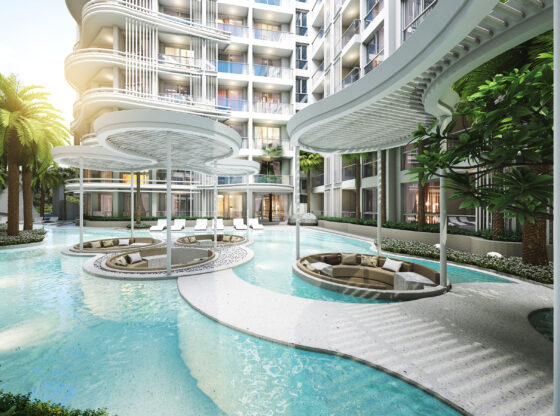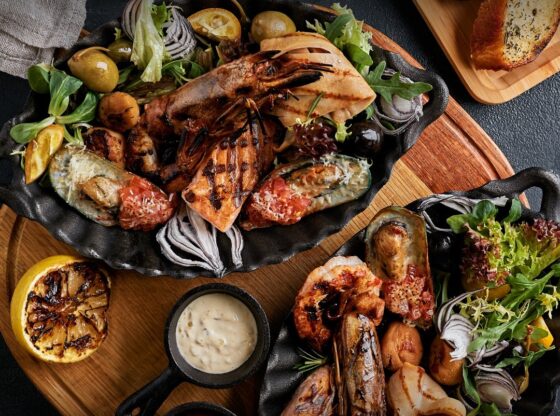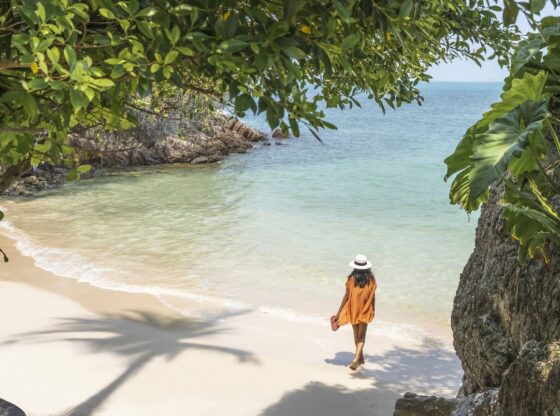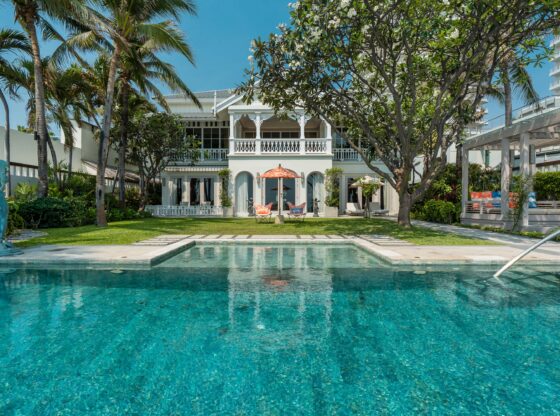![]()

There’s a great irony that certainly isn’t lost on me about staying cool in Thailand. We all move here to (at least to some extent) escape our crummy winters back home and bask in the sunny climes of Thailand – only to spend the vast majority of our time here ‘beating the heat’ and moving from one air-conned locale to the next.
When renting out or selling condos, one request is often that the unit ‘faces the cool side’ – this is certainly common when dealing with Jomtien’s View Talay projects where the north ‘Pattaya’ facing side is significantly cooler and gets much less direct sun than the south ‘Jomtien’ side – though, in my opinion, the south-facing views are generally better. Unfortunately, there’s not much you can do in a condo keep your place cooler other than making sure you have an air-con that is big enough for the space you’re cooling and perhaps putting a UV and heat repellent film on your windows.
When dealing with houses, however, there are a number of things that can be done to keep your place cooler without simply resorting to cranking up your air-con, some of which are very simple such as this first tip…
Use Light Colours on Your Homes Exterior and Use a Quality Paint
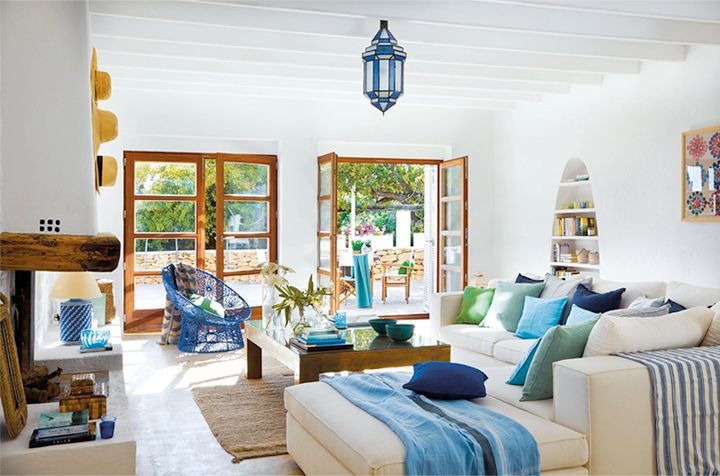
Dark colours absorb the sun’s energy and retain heat for much longer. Stick to light colours which reflect the heat from the sun and keep it away from your house. Also, use a quality paint, many of which now have UV repellent additives.
Double Up on Windows and Walls
This is probably the most effective and yet most expensive ways of beating the heat. Double skinned walls mean having basically two walls separating the interior and exterior of the house with a gap between the layers. This provides incredible insulation for both heat and sound. Combining this with double glazed windows (basically the same concept – two layers of glass separated by a gap) provides just about the best insulation you can have in your home here. The difference is incredible as I’ve found with my current home. Even hours after having air-con on, I can come home and still feel the coolness leftover from earlier in the day. If this is something that fits your budget or if it’s viable, I can’t recommend it more.
Insulate your roof
Especially when used in conjunction with the previous tip, this can make a lot of difference in the heat passing through your home. You’re basically creating a physical separator between the interior and exterior environments of the structure. A well-insulated roof gives you less heat gain so your home cools faster and your appliances don’t have to work as hard. Insulating an already existing structure can be costly depending on the method but well worth it in the long run. Polyurethane foam spray (PU foam) is one of the most effective methods and is commonly used in Thailand. Aside from waterproofing, it provides sound and heat insulation.
Create Shade
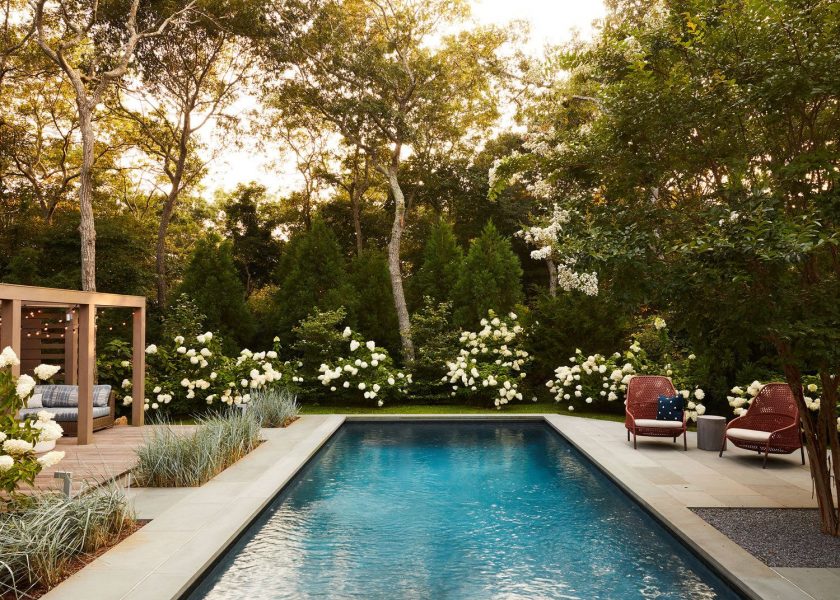
Basically, keep the sun away from your house. The cooler you can keep the interior, the less you’ll spend on air-con. External shad such as eaves, overhangs, sunshades, awnings and even trees and plans can block the sun’s rays. If you’re in a confined space that won’t allow for much of the above, solar tinting for your windows can do a good job at deflecting the heat.
Allow for Cross Ventilation
Cross ventilation is a natural form of wind ventilation that drives air from openings at one side of the structure through the other. This is one of the basic principles found in feng shui. Its success depends on the tightness of building, the position and size of the openings (windows, doors, vents, etc.) as well as the path between the two sides of the house. Of course, this only works if you keep all of your openings ‘open’ so for people who’ll be running air-cons regardless, this probably wouldn’t be a very effective option.
Use Lots of Fans

This one may seem a bit obvious but it’s amazing how many people don’t use fans properly or enough. It’s incredible the difference it makes in my own house even with the air-con on. For cool air distribution alone it is well worth using ceiling fans. Even without air-con, having air moving around you creates a nice cooling sensation and is very cost-efficient when compared to using air-cons.
Landscaping
When air passes through shaded areas it actually cools down. Trees, if properly placed, can be used very effectively to cool the incoming air. Vegetation can also be used to funnel wind and free air movement around a structure. Plants and grass also greatly reduce ground temperature compared to hard surfaces such as concrete which have more heat gain.
And last but certainly not least…
Buy Good Air-Cons
Be sure and buy quality air-cons that have more than enough BTUs to efficiently cool your space. You’re much better off overdoing it with the BTUs and having your air-cons not run as hard. For instance, I have two 24,000 BTU air-cons in my main living area, which is probably about twice what I’d need to actually cool the space, however, I’ve found running two air-cons sporadically is much more efficient and I don’t need to run them as often. Plus they don’t need servicing too often and they’re not running all the time. I’d also highly recommend using Inverter type air-cons. They’re much more energy-efficient and seem to last a lot longer. Plus the cost has come down considerably over the past couple of years.
By Stu Sutton
Stu Sutton is managing director of Jomtien Property and has worked exclusively in the Pattaya/Jomtien real estate market for 16 years.
Please feel free to contact him with any queries, compliments or good jokes at
086 108 6575, [email protected]
or visit Jomtien Property’s website at www.jomtien-property.com



